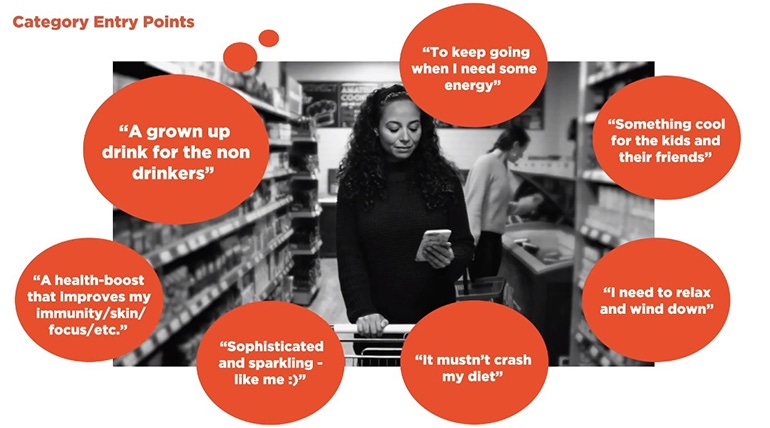Packaging Design that Taps into Human Psychology: Distinctive Assets
A successful brand tells a story through packaging design that consumers want to participate in, because it builds their own personal narrative.
November 5, 2020

Creating a brand is all about tapping into human psychology — adding an intangible desire (and a higher price) to what is often a good product but is objectively no better than a dozen others already on shelf.
However, by creating a set of associations in the consumer’s mind and having Distinctive Assets that trigger those associations time after time, a successful brand significantly improves the odds of a purchase.
What are Distinctive Assets? The book series How Brands Grow recognizes 25 types and seven classes of potentially distinctive assets, but most brands are lucky if they have more than one and that’s usually the logo.
As we enter an era in which digital disruption is changing the environment of brands profoundly, increasing, enhancing, and “weaponizing” your Distinctive Assets are essential.
In this 12-minute video, Steve Osborne, principal of Osborne Pike in the UK, explains the conditions and advantages of this approach. Although the video was created specifically for a soft drinks audience, those involved in design for other categories will benefit from his insights.
About
With more than 30 years’ experience creating, repositioning, and extending brands, Steve Osborne’s focus is on packaging and its unique role in branding: Simultaneously part of the product as well as a communication medium.
Following a career in Marketing at Unilever, Osborne switched sides to join Design Bridge in its early years. After playing a leading role in that agency's development, including 7 years as Founder and Managing Director of the Amsterdam office, Steve established Osborne Pike 17 years ago.
About the Author(s)
You May Also Like




